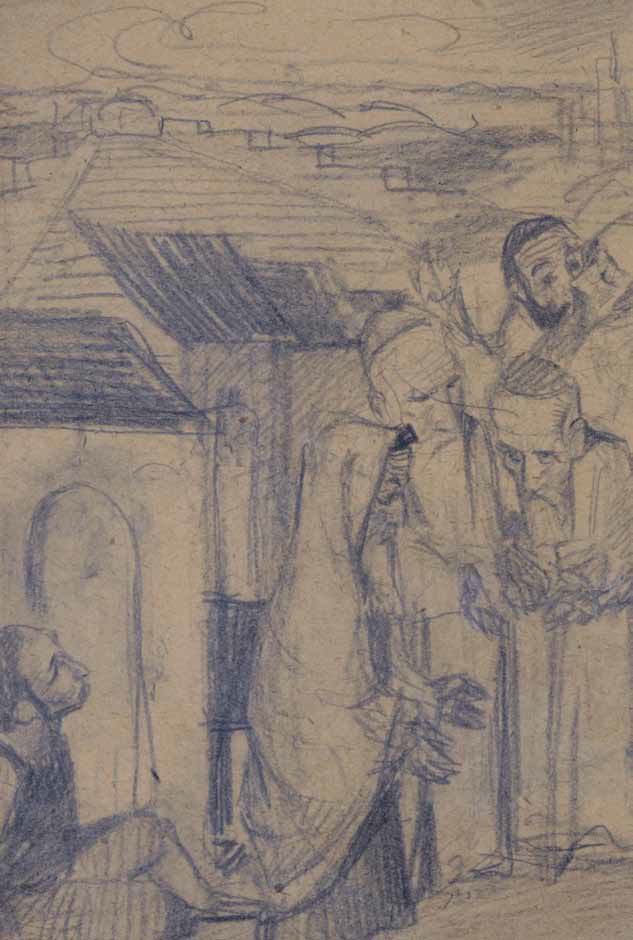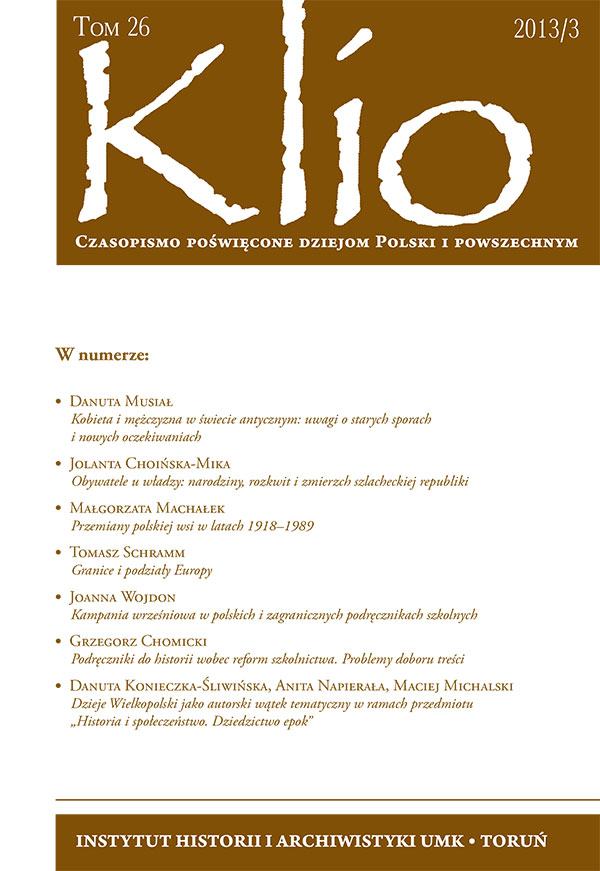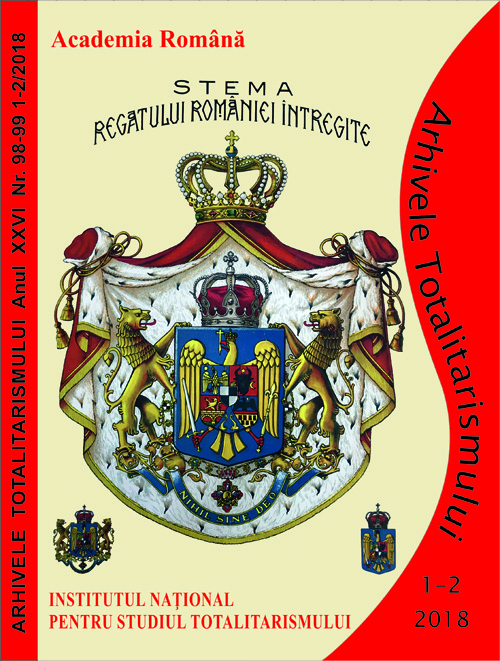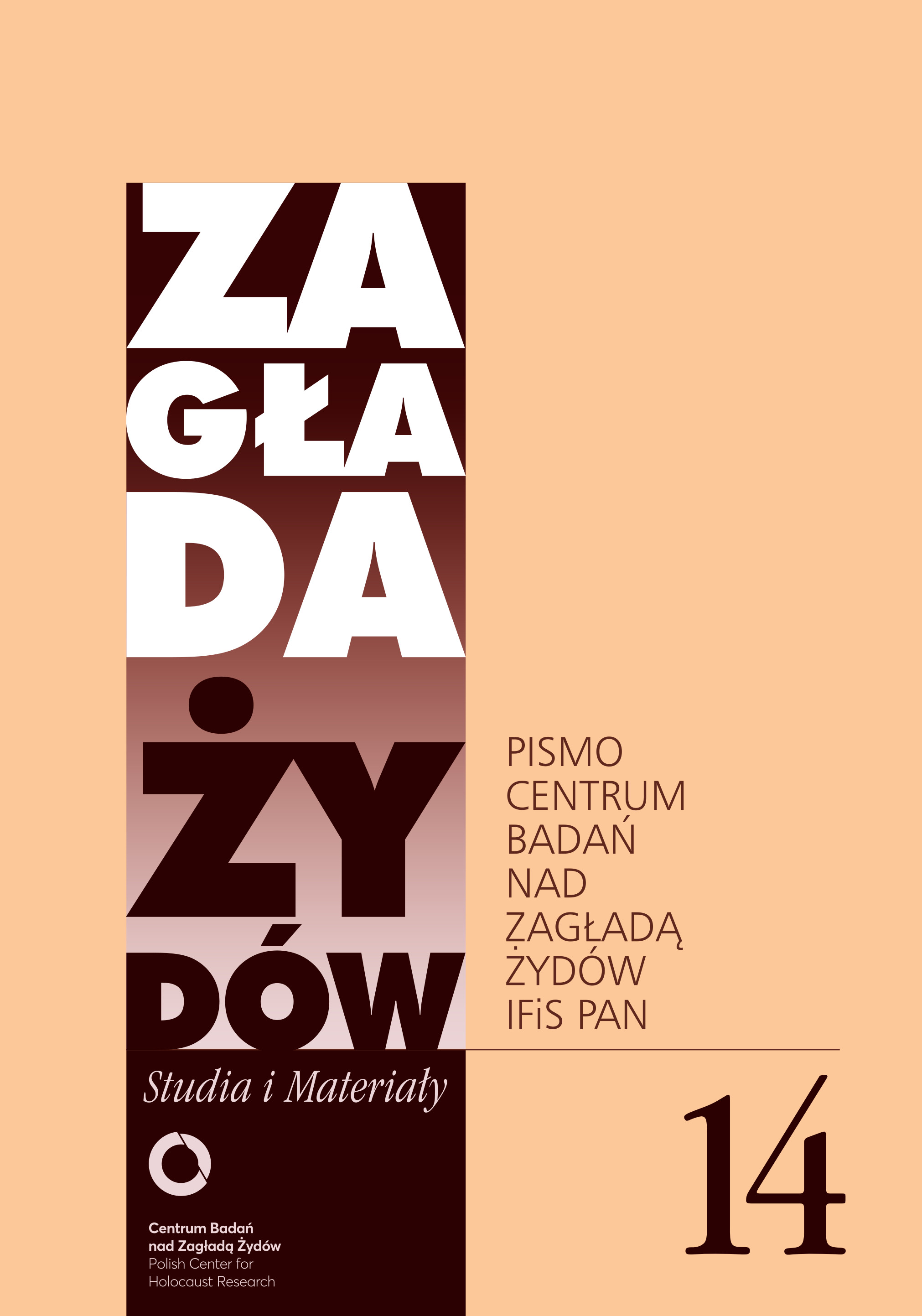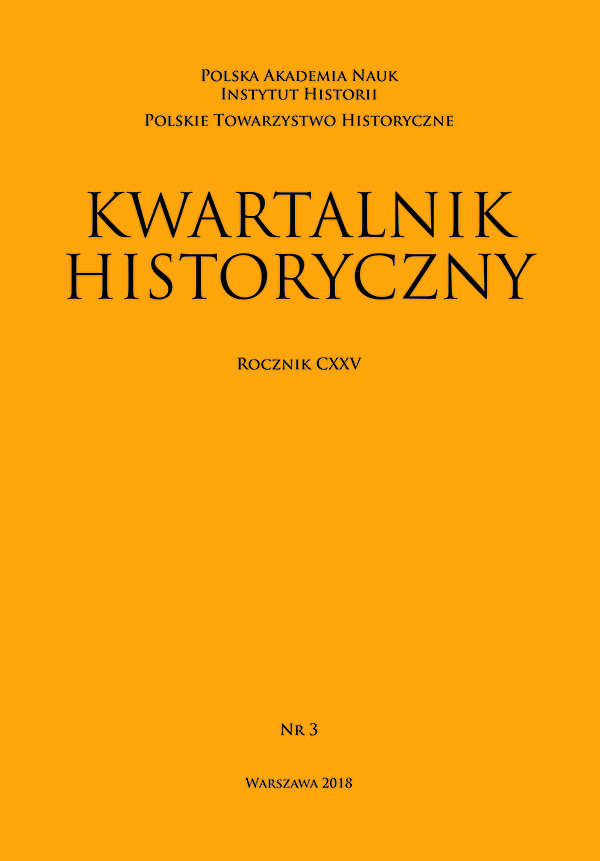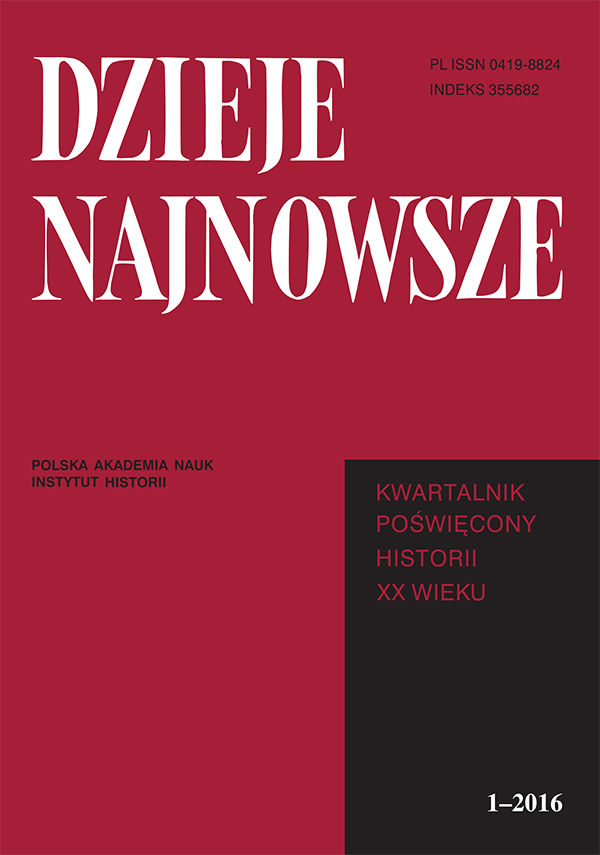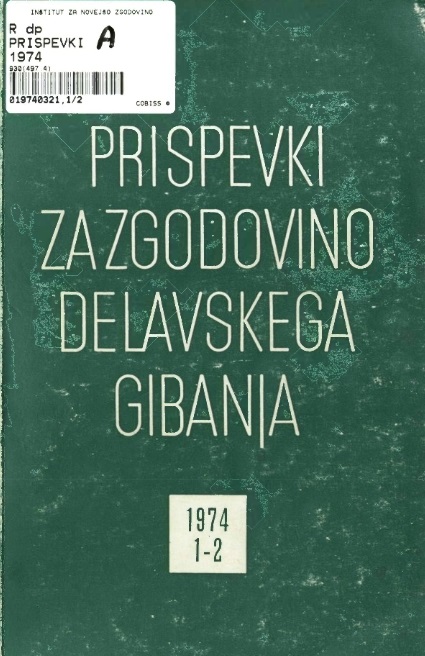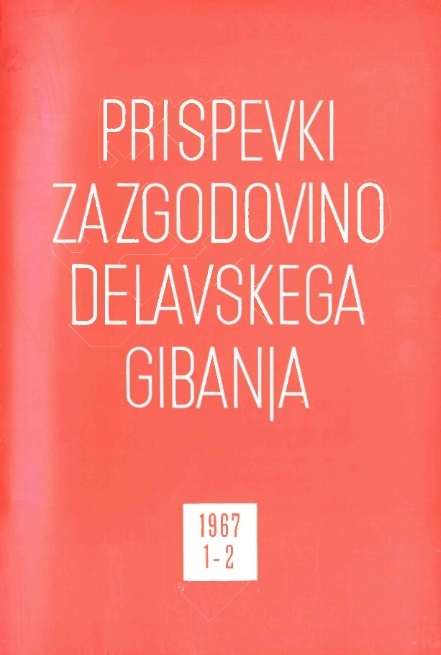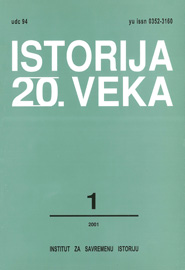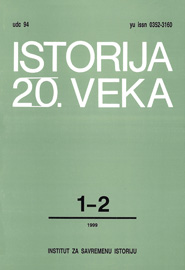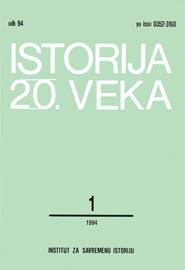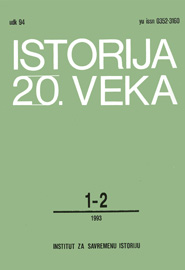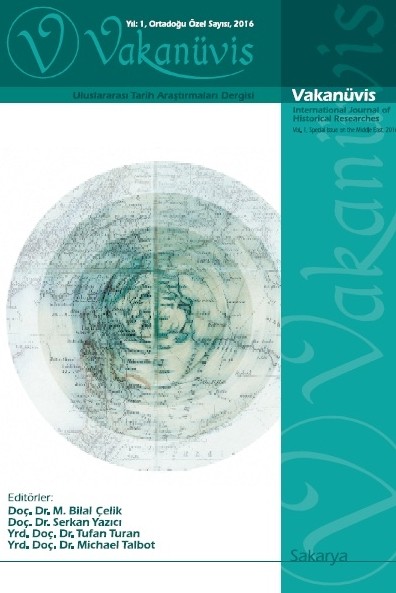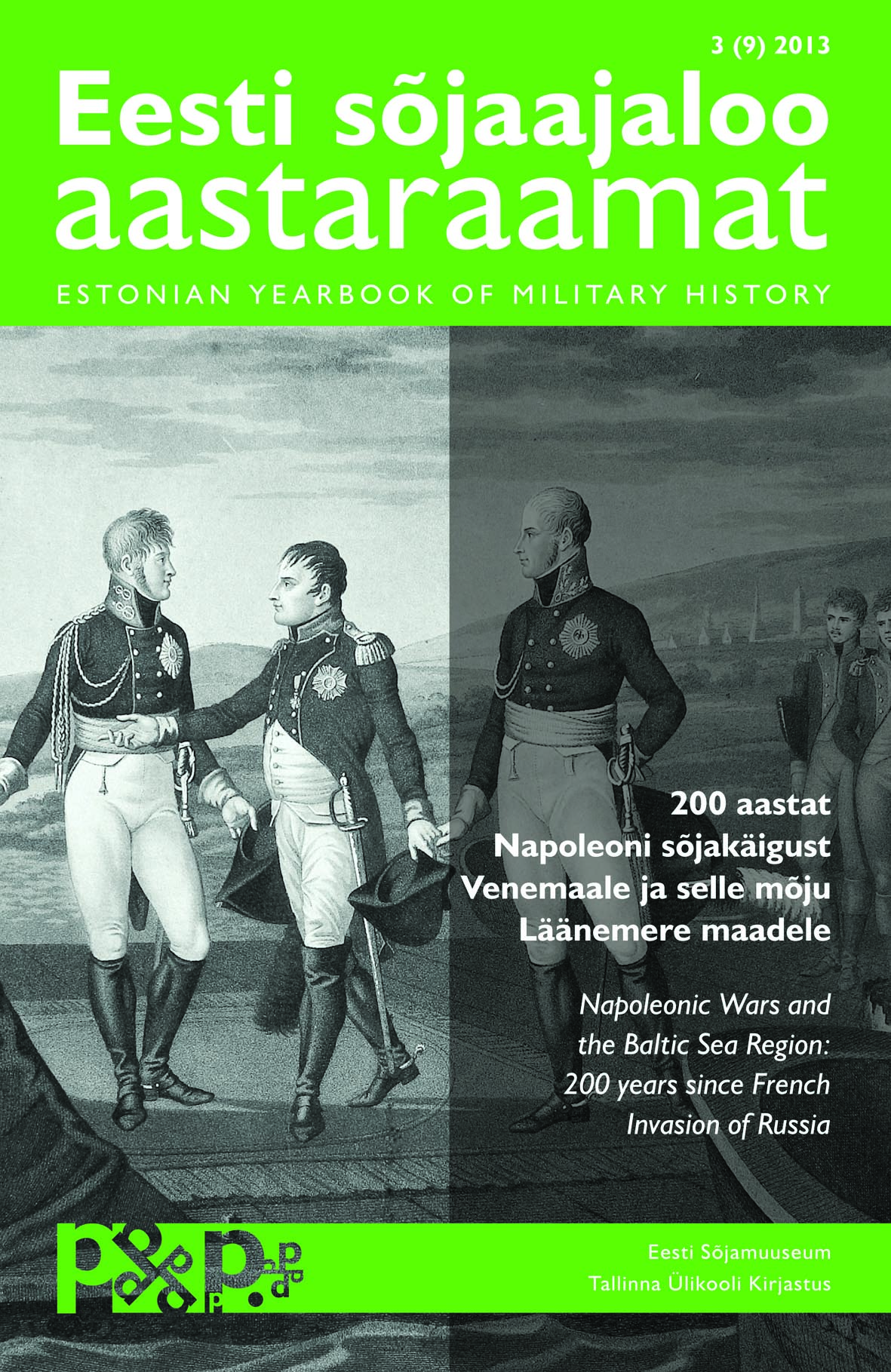
Eesti ja Läti sõjalis-tehniline koostöö aastatel 1919–1940 pioneeriväeosade näitel
The military cooperation of the Baltic States is and was a relevant issue due to the fact that defending the Baltic region from an external enemy is possible only as a result of the joint strategic and operational effort of the armed forces of at least Estonia, Latvia, and Lithuania. All Baltic States gained independence in 1918 at similar circumstances but in a slightly different military political situation that proceeded to shape the orientation of their foreign policy in 1920–1940. (Longer version of this abstract is included in the article, starting from p 197.)
More...
